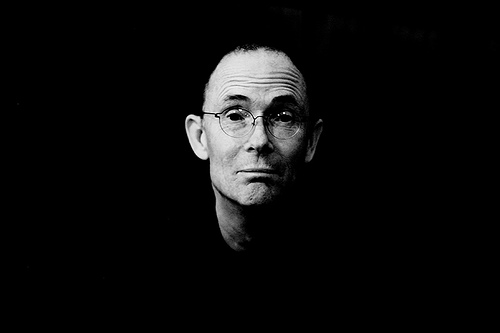Will the web ever go fully 3D?
Opinion: From a lonely, flat 2D experience to a fun, social 3D world

The dream of internet pioneers, sci-fi writers and tech-obsessed geeks worldwide has always been the development of a fully 3D virtual online world.
After all, we all gobbled up William Gibson's Neuromancer back in the day, with the immortal lines (when he first coined the term 'cyberspace'):
"Cyberspace. A consensual hallucination experienced daily by billions of legitimate operators, in every nation, by children being taught mathematical concepts... A graphic representation of data abstracted from banks of every computer in the human system. Unthinkable complexity. Lines of light ranged in the nonspace of the mind, clusters and constellations of data. Like city lights, receding..."
Games show lead
And while Blizzard's phenomenally successful World of Warcraft and other recent 'games' and applications such as Linden Labs' Second Life, Google's Street View and Sony's PS3 Home are (perhaps) early pointers in that direction, there are many who cannot see much further than the current rather lonely and 2D 'single player' web experience.
Vast Park founder Bruce Joy has been working on online 3D tech since the early 1990s, telling the Guardian this week that his goal was to try to "bring the realistic look and feel that has become expected in modern computer games into the web, to create realistic, immersive environments."
It is quite simple, according to Joy: "3D can change the whole way we engage, because the 3D environment enables us to meet each other."
Sign up for breaking news, reviews, opinion, top tech deals, and more.
Gartner analyst Stephen Prentice, sums up the importance of the social aspect of the 3D web: "Today's web is a very lonely place, and most of the time you are there consuming content on your own. Virtual worlds succeed best when they become an environment where there is direct one-to-one presence-based interaction."
2D flips to 3D
ExitReality founder Danny Stefanic is an old 'virtual reality' hand. His company is releasing a software plug-in that he claims can convert a 2D website into 3D.
Stefanic describes the project to the Guardian as follows: "It's not a replacement for viewing the 2D page - that is still the best way to consume that content - but it gives everyone a 3D space that they can utilise if they want to.
"And what we have found is that instead of the two- or three-minute session times of 2D websites, when we are in 3D and exploring and chatting to people with similar interests, we spend 20 to 30 minutes there."
